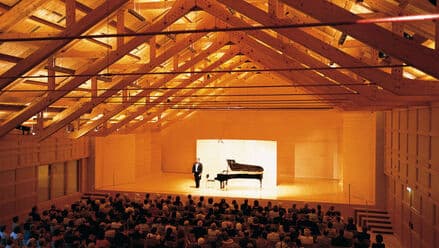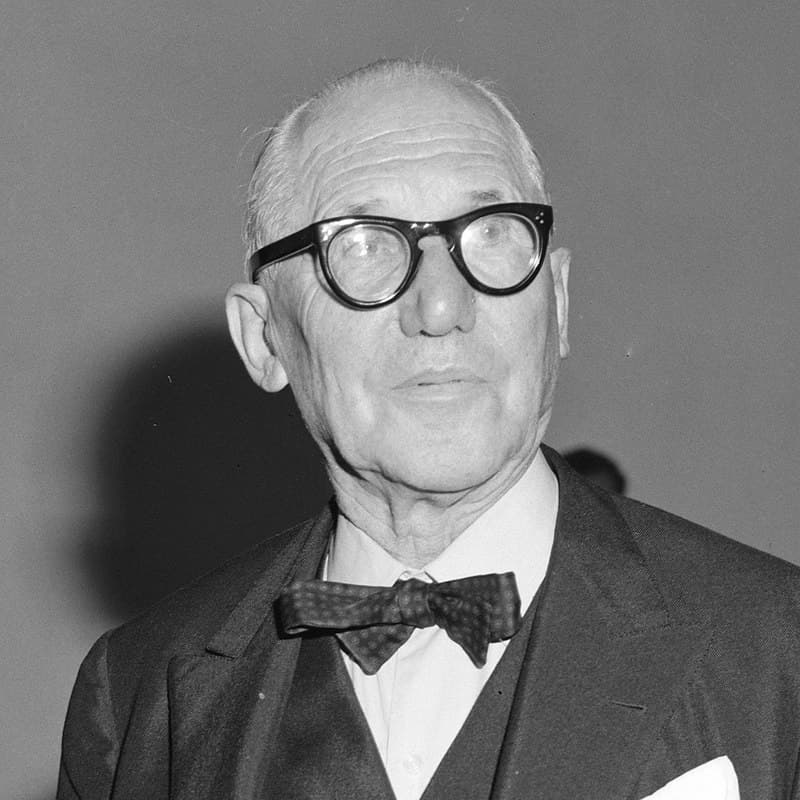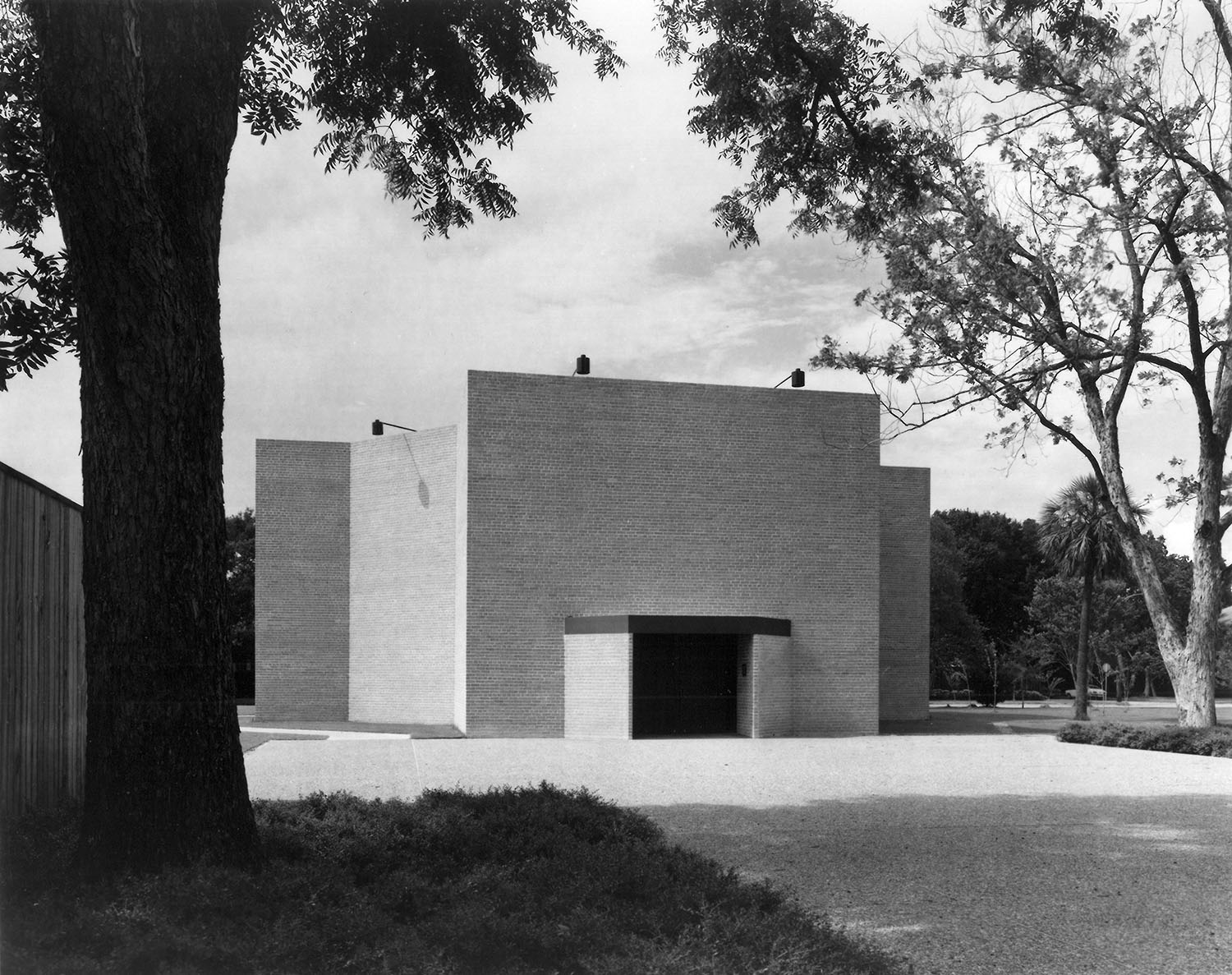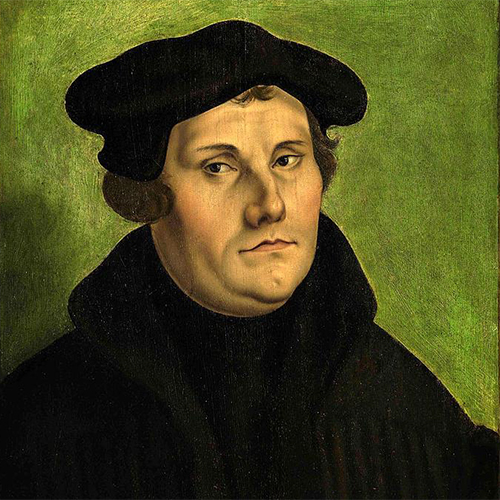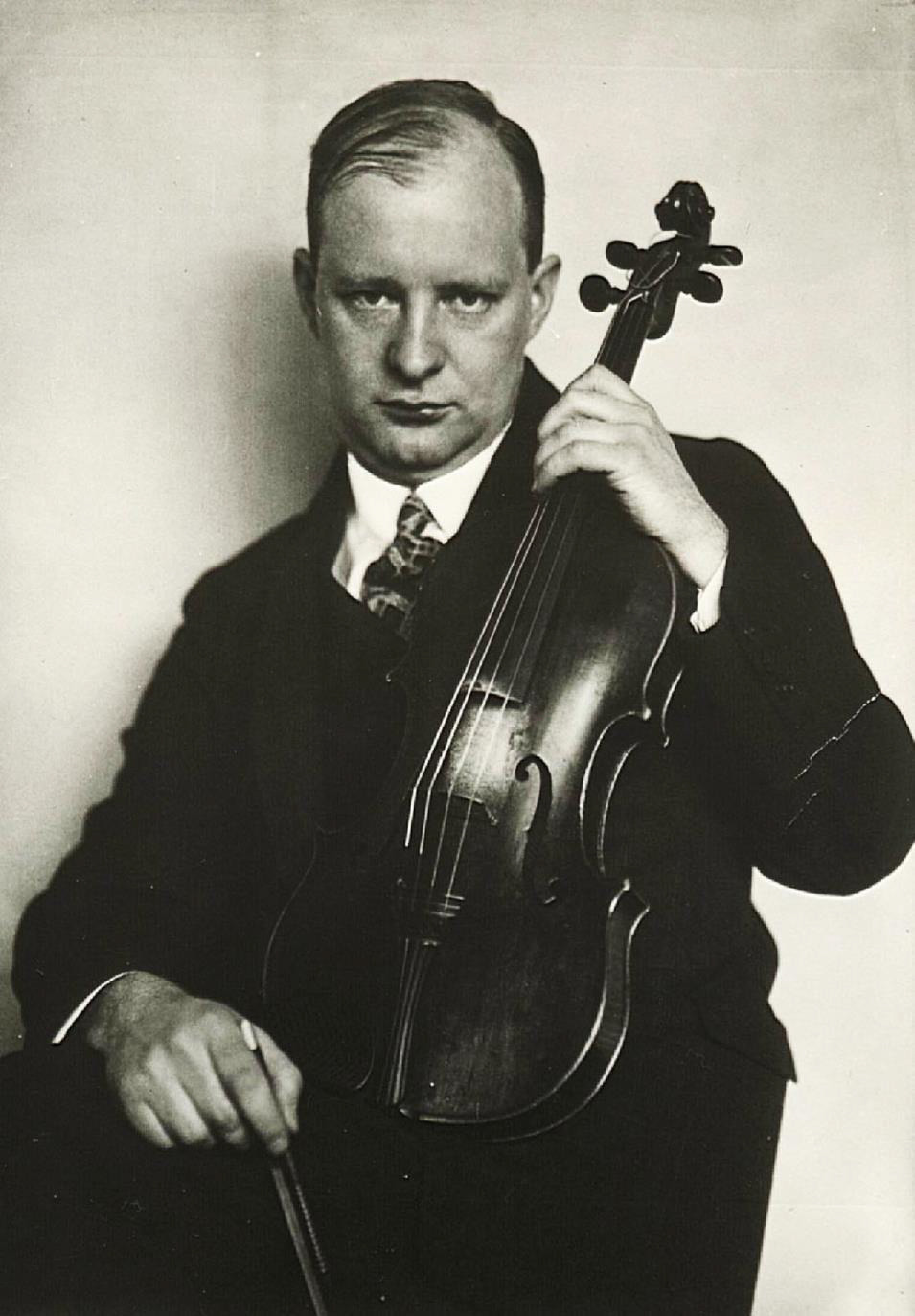The Swiss Neoclassical painter Angelika Kauffmann (1741–1807) made her career in London and Rome in the field of history painting, portraiture, landscape painting, and decorative painting. Her father, Joseph Johann Kauffmann, was an Austrian muralist and painter and he trained
Architecture
Michael Daugherty: Brooklyn Bridge American composer Michael Daugherty was inspired by one of the great constructions of New York City to create his work for clarinet and orchestra. Brooklyn Bridge (2005) is a musical view of the bridge from the
Britta Byström: Infinite Rooms Japanese artist Yayoi Kusama (b. 1929) has taken the idea of dots and pumpkins to an infinite extreme. She says that creating art is how she maintains her sanity, ‘I followed the thread of art and
Geoffrey Poole: Crossing Ohashi Bridge The travellers on the bridge hunch down under their small straw coverings – the rain is pouring down, catching them on the exposed walkway. Part of Hiroshige’s series One Hundred Famous Views of Edo, which
Born in a small town in the Swiss Jura region famous for precision watchmaking on 6 October 1887, Charles-Édouard Jeanneret, later known as Le Corbusier, was one of the great pioneers of Modernism in architecture. His designs, buildings, and urban
In the middle of Houston, Texas, lies a point of solitude. Given the title of a chapel, it’s a place for spiritual matters, but at the same time, it’s a gathering place for world leaders seeking solutions that will culminate
Five hundred years ago, on October 31, 1517 Martin Luther supposedly nailed his Ninety-five Theses to the doors of the Schlosskirche (Castle Church) in Wittenberg, railing against Catholic Church corruption (in particular against the ‘Sale of Indulgences’) dividing Christianity, and
In my September Interlude article I focused on the close relationship between Bauhaus architecture, art and music. It is interesting to note, however, that the Bauhaus’ own teaching program consisted of studies in architecture, art and various crafts, whereas music

